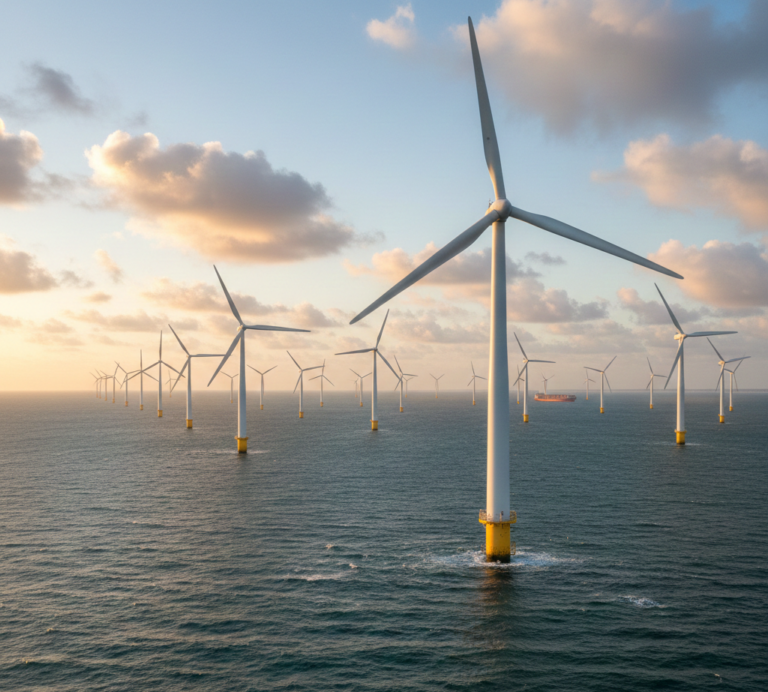If we do not invest today in electricity transmission, our economic growth—and the energy transition—will be constrained as never before.
Only a few days ago, the International Energy Agency (IEA) put numbers to the problem. There are more than 1,650 GW of wind and solar projects ready to go, yet they are waiting for connection due to insufficient grid capacity. That is almost five times the installed capacity of all Latin America. Each year we delay, the bottlenecks grow. Network congestion not only limits access to cleaner energy; it also caps industrial development and raises costs for all users.
The challenge is enormous and the window for action is short. To keep pace with decarbonisation targets, the IEA estimates that 80 million kilometres of grids must be built or refurbished by 2040—roughly equivalent to today’s entire global network. And here is the key figure: annual global investment needs to double, from USD 300 billion to USD 600 billion, if we truly want to unlock growth.
In Latin America, the diagnosis is just as clear. We need to at least double yearly transmission investment simply to keep up with the surge in renewables and the electrification of new industries.
Transmission as a strategic pillar
Why insist so much on this? Because planning and delivering transmission infrastructure takes between 5 and 15 years—longer than most wind or solar projects. If we do not start now, the system will arrive late and the opportunity will pass us by.
Beyond the numbers, what is at stake is our ability to choose the kind of development we want. If we accept congested networks, we will lose attractiveness and competitiveness as a region. By contrast, if we treat transmission as a strategic pillar, we enable new generation, reduce costs and open the door to a more robust, sustainable economy.
The solution cannot come from one side alone. We need public–private alignment, clear rules, strong technical authorities and a long-term outlook. An affordable, lower-emissions energy system depends less on promises and more on the day-to-day decisions we make now to reinforce our infrastructure.
I would like to hear about the projects and models you are seeing in other regions to accelerate this process. The future is not built on promises, but on high-voltage lines.




